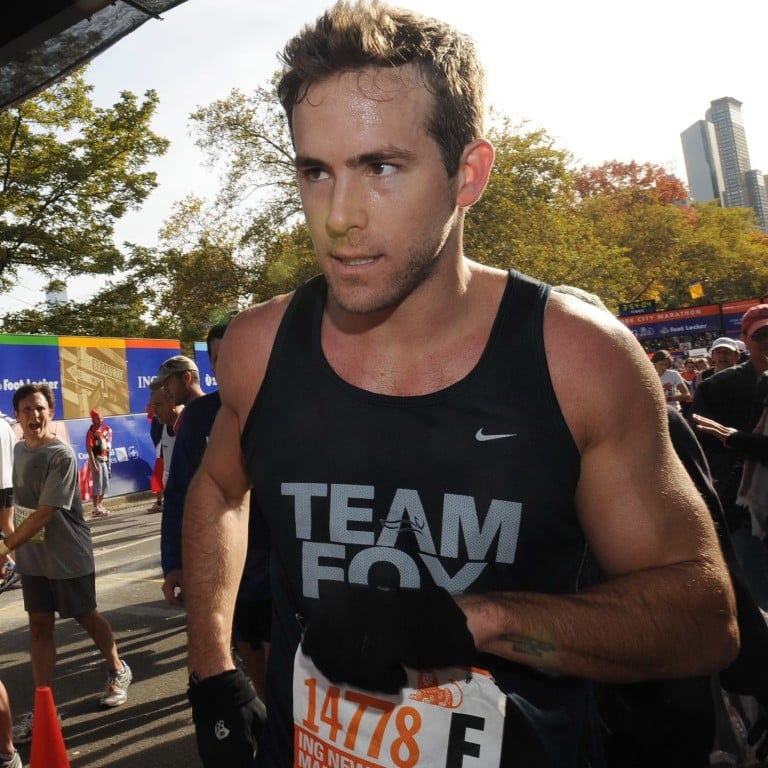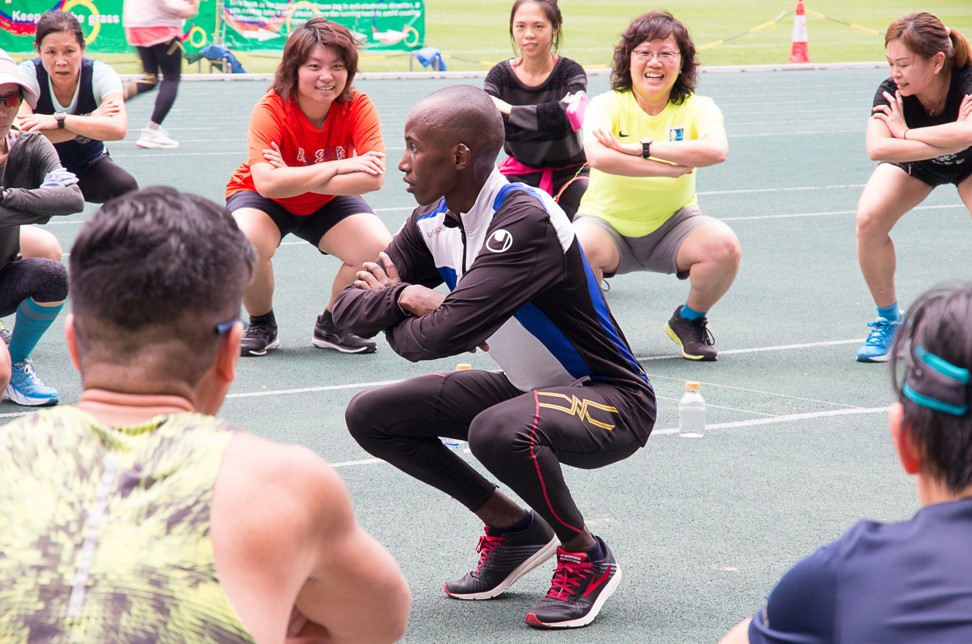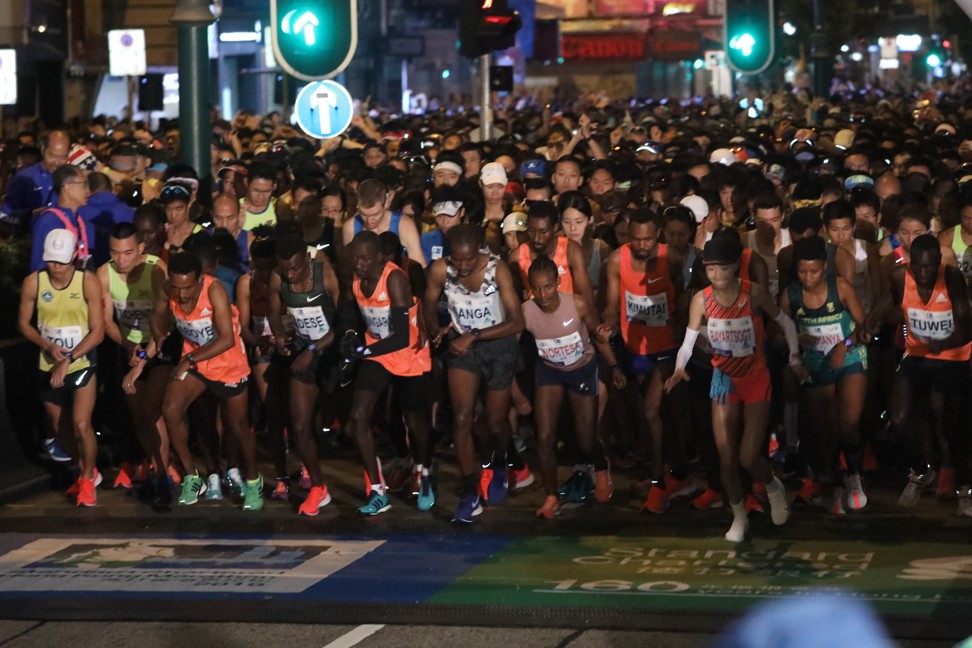2020 Hong Kong Marathon: a survivor’s guide to the most gruelling physical challenge in town

Are you training for the Standard Chartered Hong Kong Marathon on February 9, or the Pyongyang Marathon in North Korea in April? Preparation is essential. What should you wear? How do you sustain your energy throughout the run and keep a positive mindset? Post-race, what’s the best way to recover from the endurance event?
Here, we seek to answer some of these burning questions to shed some light on the key aspects of running and tips for you to get through the marathon.
5 fitness influencers who have turned the tables on body shaming
Preparation and training
There is no silver bullet when it comes to preparing and training for a marathon. We all train and run differently, based on our individual health and fitness as well as the time and effort we are willing to commit to it.
There are three main goals before your run: 1, increase your endurance; 2, prepare your body physically and mentally; and 3, improve muscular strength to prevent injuries.
Ideally, you should prepare at least eight to 12 weeks before your run, but it’s never too late to get started.
1. Base mileage

The secret that allows you to keep up your pace even after the first 20km or 30km is mileage, or the total volume of a runner’s workload. Simply put, the more you’re able to run, the faster you’re likely to race. Run three to five times a week and have a base mileage of 80km a week for eight to 12 weeks where one run is a speed training and one run is a long, slow distance run.
Long slow distance (LSD) runs: Slot in LSD runs, ideally every seven days. Start with 20km, 25km, 30km and possibly one 35km – all should be at sustainable pace.
2. Speed work / tempo runs
Do internal training on the track at least once a week. Time your pace for 400m and record it (set of repetitions of a specific, short distance, run at a substantially faster pace than usual). Then, consider three other possible plans: 10x400m with 1 minute rest in between, 3x400m, 5x800m, 3x400m with 1 minute rest in between, 4x1.2km and a 400m jog in between.
We review 5 fitness apps to help get your sweat on at home
3. Rest and recovery
This is self-explanatory, but to have a better recovery session, get yourself a foam roller and some stretching equipment after each LSD and speed / tempo workout.
Eat healthily the week before the race, and make sure your diet comprises plenty of fish, chicken, porridge and rice. Hydrate yourself, drink copious amounts of water for three days before the event.
Shoes and equipment

The most important rule when it comes to running shoes: never run in gear you haven’t tried before. Find yourself comfortable socks, shorts and vest, and get used to them before the event. Selecting perfect running shoes can be more complicated, as it boils down to your expected pace and running style. Competitive runners will opt for the Nike Vaporfly Next %. For the rest of us, focus on a comfortable pair with softer midsole for long runs (make sure it doesn’t cause any unnecessary friction, your toes do not touch the toe box and the soles do not rub against your Achilles).
Make sure you have a couple of energy gels with you during your run. Let’s also protect the environment by bringing your own cup or water bottle for your next marathon.
Best practice

The advice from Nick Impey, the winner of the 2018 Standard Chartered Singapore Half-Marathon, is: “Firstly decide whether the first goal is to compete or simply complete the marathon. Both approaches will take equal effort and as we all know 42.2km is not an easy distance. A first timer should be running as much as they can leading up to a marathon. Everyone is different and it’s important to do enough training that will get you through the marathon but also not too much to feel overly tired or stressed out as most people will have a day job, the last thing anyone wants is to be injured.”
In short, set yourself a goal of whether you want to simply complete the race or with a specific time in mind. Then, try to commit to that goal and plan to achieve that as much as possible. Make sure you stay healthy before the race day and enjoy it – especially as you cross the finish line.
7 best walking apps for people who hate fitness apps – and walking
During the run

Running a marathon is a mixture of mental strength and physique. Keep reminding yourself not to run too fast at the start of the run as running the standard marathon distance of 42.2km takes a long time. It is not a sprint. Always keep yourself hydrated, make use of the water stations and when possible, run the race at a preordained pace. Embrace the atmosphere.
If you start to struggle physically, stay motivated and keep pushing yourself. Your body is much stronger than what you think. Once you start “hitting the wall”, treat yourself with an energy gel. Don’t forget, this is a long run, don’t push yourself too hard in the beginning and you’ll appreciate it later.
After the run

There are a few handy tricks to minimise sore muscles after the race. Try to continue moving once you’ve finished the race. Do not sit or lie on the ground. Do some stretching directly after the run, and keep yourself hydrated. If possible, soak in a cold water or ice bath for five to 10 minutes and consider wearing compression tights. If your legs are really sore after the run, consider the “Legs up on the Wall” yoga movement or go for a short massage at the nearby tent.
World’s top 10 fitness retreats to get you into shape
Once you get home, put on some compression socks and resume stretching your legs, possibly with a foam roller. Celebrate the achievement of finishing a run, have a beer and go for dinner with friends. Or take a week or two off to relax. You deserve a break.
Want more stories like this? Sign up here. Follow STYLE on Facebook, Instagram, YouTube and Twitter .

What should you wear? How will you stay upbeat if your body is hurting? What’s the best way to recover after the event?